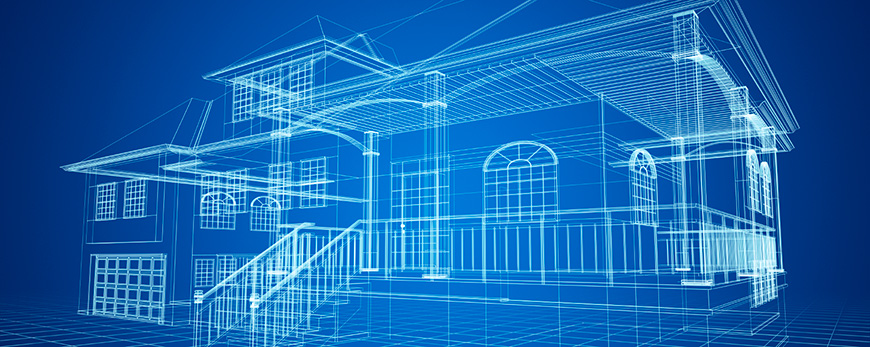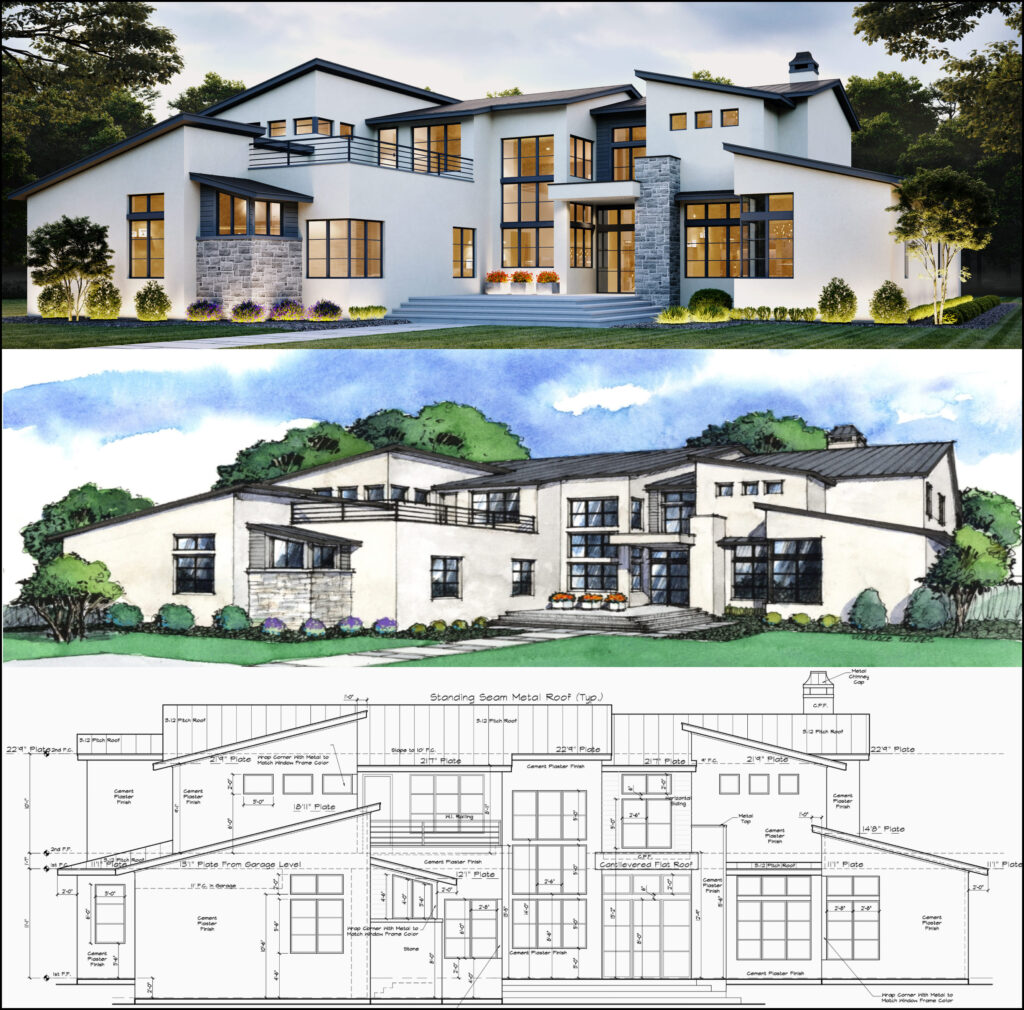The Vital Function of an Architect fit Lasting Urban Environments for Future Generations
The function of a designer in crafting sustainable city atmospheres is increasingly critical in responding to the challenges of climate change and urbanization. By perfectly integrating eco-friendly principles into their layouts, engineers not only improve the visual and practical high quality of metropolitan rooms yet also address pushing issues such as energy effectiveness and social equity. Their knowledge in innovative materials and area interaction forms growths that reverberate with regional values and desires. As we explore the intricacies of this area additionally, it ends up being evident that the future of metropolitan living may pivot on the very methods designers employ today.
Understanding Lasting Urban Style
Sustainable metropolitan design incorporates environmental principles with city planning to develop atmospheres that are not only comfortable however also durable. This method stresses the value of incorporating all-natural systems right into the metropolitan material, making sure that development satisfies the needs of the here and now without compromising the capability of future generations to fulfill their own demands. Secret components of sustainable metropolitan layout consist of efficient land use, the promo of biodiversity, and the integration of eco-friendly rooms, all of which add to boosted lifestyle for homeowners.
Additionally, sustainable city layout prioritizes the reduction of the city warmth island effect, enhanced air top quality, and effective stormwater administration. It motivates making use of renewable sources and energy-efficient structure techniques, which substantially reduced carbon impacts. Sustainable metropolitan style promotes social equity by producing obtainable public rooms and advertising mixed-use developments that cater to diverse populaces.
Through thoughtful planning and innovative design techniques, sustainable metropolitan atmospheres can improve neighborhood durability versus environment adjustment while cultivating financial growth. This all natural strategy not just addresses prompt city obstacles yet likewise prepares for healthier, much more sustainable cities for generations ahead.
Secret Duties of Designers
Architects play an essential function fit sustainable urban environments by converting layout concepts into tangible frameworks and areas. Their obligations encompass a large range of tasks that add to the overall success of city style jobs.
Most importantly, engineers carry out complete site analyses to recognize the environmental, social, and social context of their jobs. This foundational expertise notifies their design choices, making sure that buildings integrate with their environments. They also engage in joint procedures with stakeholders, including city organizers, engineers, and the neighborhood, fostering a comprehensive approach to city development.
In addition, architects are entrusted with creating layouts that optimize power efficiency, source conservation, and capability. They need to stick to regional zoning regulations, developing codes, and sustainability accreditations, guaranteeing conformity while pressing the boundaries of advancement.
Moreover, designers are in charge of handling the layout process, coordinating with numerous professionals throughout the building stage to ensure that the vision is recognized properly (cda architects). Ultimately, their role is not exclusively about aesthetics; it has to do with creating durable, flexible rooms that enhance the lifestyle for existing and future generations, preparing for lasting metropolitan living
Cutting-edge Products and Techniques

Furthermore, improvements in innovation have led to the growth of high-performance products, such as protected concrete forms (ICFs) and photovoltaic or pv glass, which add to power conservation and harness renewable resource. Methods such as passive solar design and green roofing systems further exhibit exactly how architecture can integrate with all-natural systems, decreasing reliance on artificial home heating and cooling.
Moreover, the assimilation of wise materials, which adjust to environmental adjustments, provides promising methods for boosting building efficiency. These materials can react to temperature fluctuations or moisture degrees, enhancing comfort and sustainability.
Ultimately, the calculated selection and application of cutting-edge materials and strategies equip architects to produce city spaces that are not only functional and visually pleasing yet also durable and eco responsible, making certain a sustainable future for generations to find. check that cda architects.
Area Engagement and Collaboration
The success of ingenious materials and techniques in lasting metropolitan design is substantially improved by active area involvement and partnership. Designers should recognize that the constructed atmosphere profoundly influences the lives of neighborhood homeowners, making it necessary to include them in the design procedure. Engaging the community cultivates a sense of ownership and liability, making sure that advancements not just satisfy aesthetic and useful requirements yet likewise reflect the worths and goals of those who occupy them.

Effective area engagement also helps in prioritizing social equity within metropolitan development. By considering the voices of marginalized populations, architects can create spaces that are inclusive and equitable. By doing this, neighborhood interaction and partnership end up being essential to accomplishing genuinely sustainable metropolitan atmospheres that serve the needs of current and future generations.
Future Trends in Lasting Style
An arising emphasis on adaptive reuse and circular economy principles is readied to redefine the landscape of lasting design. As cities come to grips with enhancing population thickness and ecological difficulties, designers are increasingly turning to approaches that maximize existing structures instead of seeking brand-new builds. This technique not only preserves social heritage however also significantly lowers source consumption and waste.
Additionally, innovations in modern technology are shaping future trends in lasting design. The combination of smart products and building systems allows for real-time power administration, improving efficiency and lowering carbon footprints. Innovations such as environment-friendly roofings, living walls, and energy-generating exteriors are becoming standard methods, further advertising ecological equilibrium within urban settings.
Furthermore, a change towards biophilic layout is acquiring grip, highlighting the link between nature and Our site human health. By incorporating natural components, designers develop spaces that promote mental health and wellness while promoting biodiversity.
Final Thought
Finally, designers are crucial ahead of time lasting urban settings through their expertise in design, innovative materials, and area engagement. By prioritizing power performance and resource conservation, these experts add to the creation of resilient metropolitan rooms that fulfill the needs of present and future generations. The combination of eco-friendly concepts not just enhances livability however likewise promotes social equity, guaranteeing advancements reverberate with the worths and desires of the areas they serve.